#homology
Text


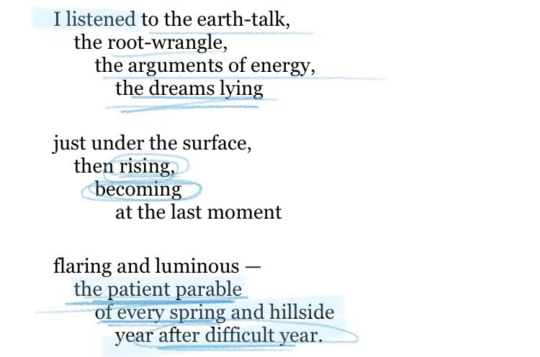






Louise Gluck, Mary Oliver, Jack Gilbert, Denise Levertov, Ocean Vuong, Ilya Kaminsky, Mahmoud Darwish, Christian Wiman, j.p.berame (@existential-celestial)
—
praise to our endurance 🌱✨
#happy new year friends!#new year#web weaving#homology#compilation#lit#quote#poem#endurance#(courage dear heart)#*
860 notes
·
View notes
Text
I just think homology obliterates intelligent design purely because structures that serve radically different functions have exactly the same parts in them and yet structures with the same function are composed of totally different parts.
Why do whales have finger bones?? What could they POSSIBLY need them for?? Primates use them to grasp, carnivorans use them for walking and running. In whales they're still there but hidden uselessly inside flippers.
Why are bird wings so different from bat wings if they're both used for flying?? Why are both of these completely different from insect wings??
Why do ALL of these except insects have the same layout of bones?? Humerus, radius + ulna, carpals and metacarpals.

It's like building planes out of boat parts.
#intelligent design#intelligent design creationism#creationism#young earth creationism#evolution#evolutionary biology#homology#homologous structures#anatomy#comparative anatomy
68 notes
·
View notes
Text
Rational Homotopy
I always wondered why in homology/homotopy there is the possibility to allow for other rings than just the whole numbers Z. For the rational numbers Q, there is a cool example:
Imagine an infinite chain of parallel (unit) circles with a starting circle, hanged up on an infinite ray. We are allowed to jump with a kind of portal from each point z on the first circle to the point z^2 on the second circle, which is just the point with double the (counter-clockwise) angle w.r.t. to the ray. From the second to the third circle, we create the same portal with triple the angle instead, and from the kth circle to the (k+1)th circle, we multiply the angle by (k+1). The general map is therefore given by z -> z^{k+1}.

Now, homology is, simplified, the study of holes in an object. Of course, the first circle has one "hole" described by a counter-clock wise rotation, which we call [γ].
If you follow the portal for the whole rotation into the second circle, this loop goes around the second circle twice, which we write by 2[γ].
The number of loops is again tripled by the identification into the third circle, having 3 × 2 [y], where the two comes from the doubling from before.
In general, going along the image from the first circle to the kth sends [γ] to k! [γ], where k! is the kth factorial.
Now here is the neet part: If we want to describe a basic rotation [α] around the kth circle, we just divide by the number of loops in [α] to get a curve that goes around the kth circle once counter-clock wise, which is just k! [γ] by the portal logic (negative number just means clockwise rotation). Dividing by k! gives back [γ], and thus every rotation in one of the circles is just given uniquely by a rational multiple of [γ].
Summarizing, we have that every "loop" in this construction can be identified with a rational number and is therefore (up to isomorphism) just given as Q. ***
So here we have it: A homotopical structure which is visualizable as a rational structure.
***as a Z-module.
14 notes
·
View notes
Quote
Betti numbers measure how many cuts, at most, a surface could sustain before being split into separate pieces.
>20 wikipedians
#homology group#torus#circle#cut#surface#manifold#separate#cube#disk#ball#topology#homology#homology groups#cohomology#cohomology groups#group theory#shapes#mathematics#math#Enrico Betti#assembly#scissors
11 notes
·
View notes
Text
Hey, sort of a very niche question, if anyone reading this knows about topological data analysis and particularly persistent homology, are there any resources out there on the PH of the n-torus? I've been able to find that of the 1-sphere from this stackexchange post and the linked articles within but nothing (as far as I'm aware) on higher-dimensional tori.
Edit: I should specify, in case it helps, I'm looking at the Clifford embedding where you embed T^n into R^(2n). In an adjacent vein, perhaps there are some results about PH on product spaces, where we could break T^n into S^1 x ... x S^1 (n times).
#math#topology#computation#mathematics#topological data analysis#math question#stack exchange#homology#science question#mathblr#stemblr
0 notes
Text
Glamorous hawt gets naked for her sexual massage
Sex goddess Roxi Keogh stimulates her clit with vibrating sex toy
tied sucked and rimjob
Indian Girlfriend Ass
Amateurs Nudist MILFs Voyeur Beach Video
Alluring Tranny Chanel Santini fucks horny Chad Diamonds ass
punheta no banheiro com gozada
o2cfeet- Green Pedi dick riding cum on soles
Cute dykes are sucking hard fake penis during orgy
Monica Mendez birthday show with her giant tits in focus webcam
#plenitide#cicatrized#ungrasping#tautotype#cicatrizing#stubborn-stout#ulpanim#oldsmobile#diffame#legged#Baptanodon#sulfatizing#petechiate#homology#Zaniah#sportfisherman#messans#cruzeiros#regular#bartisan
0 notes
Text
Juicy oral stimulation with titty fuck
BANGBROS - Sharing is Caring with Adriana Maya and Jamie Marleigh
Ryan Conner Opens her Ass for HUGE Black Dick
Lesbian cowboy teens eating each others pussies outdoor
Exciting and massive schlong riding session with sexy chicks
Nasty teens prepared a hot lesbian sex for new member
Superb Natalie Mars blown before eating tranny toes
Hot amateur sex, big tits compilation
MUSA BRUNA FERRAZ NA CASA
Madhuri Dixit Very Hot Boobs cleavage
#diffame#legged#Baptanodon#sulfatizing#petechiate#homology#Zaniah#sportfisherman#messans#cruzeiros#regular#bartisan#spectropyrometer#hemina#Cacalia#manageable#wall-climbing#shlemiehl#albinistic#nontractably
0 notes
Photo

#bone#structure#forelimbs#vertebrates#convergent#evolution#analogy#homology#adptive#radiation#science#solutions
1 note
·
View note
Text





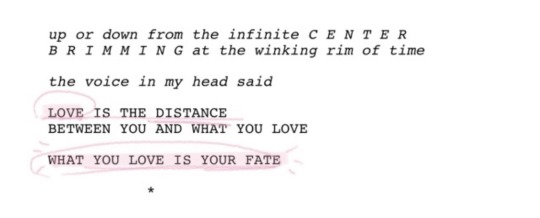



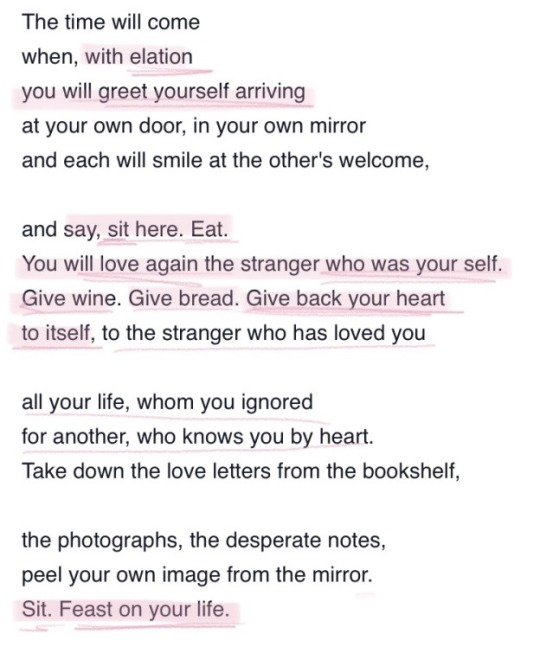

on love (i)
---
Christian Wiman, C. S. Lewis, Mahmoud Darwish, Thomas Merton, Frank Bidart, Pat Scheider, Julian K. Jaboe, Rainer Maria Rilke, Derek Walcott, j. p. berame (@existential-celestial)
#on love#love#web weaving#collection#compilation#homology#lit#quote#you're my flag you're my nation#quotes#*
101 notes
·
View notes
Text


Very happy with it so far *-*
113 notes
·
View notes
Text
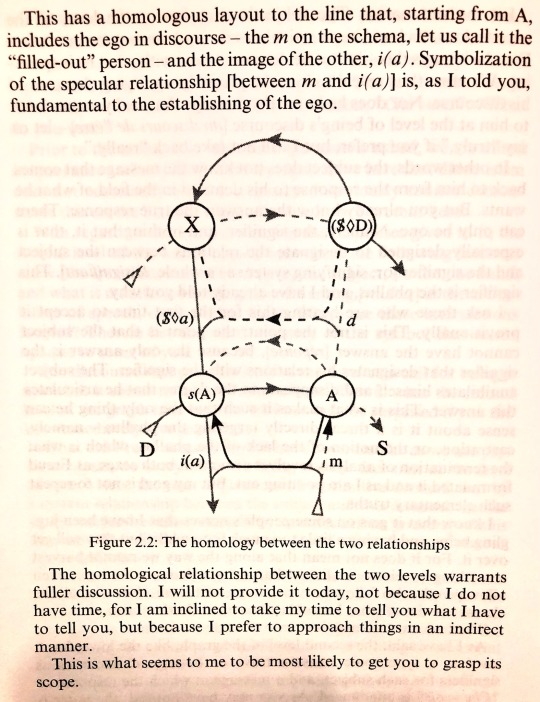
Adding this to the list of things I never knew about the graph of desire: the “homological relationship between the two levels” is both a metaphor for and a literal embodiment of the specular relation in the mirror stage.

“Homological” is an allusion to the field of biology, wherein the body parts of different species of animals may be comparatively studied as forms of a “homology”.
“Specular relation” is an allusion to the field of geometrical optics, whereby the reflected image of a real object whenever it appears on a specifically flat surface is the same size as the original object that is optically reflected. A mirror-image is not always necessarily specular; just think of a fun-house, for example. Solid surfaces, regardless of the degree of their shininess (luster), all possess the material capacity to optically reflect an illuminated image. Even solid concrete, so long as it is flat, projects off of itself a specular image of any other object within its physical range. The problem with noticing this, however, is that the reflected image in the concrete is too dull to be plainly visible.
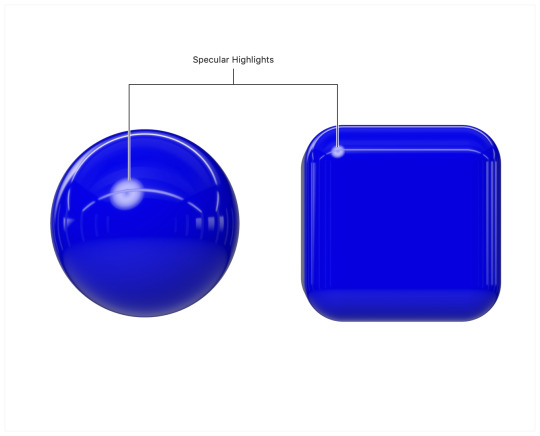
In the image above, the highlights are called “specular”, I believe, because both objects appear to be reflecting an identical source of light, even though their geometrical surface dimensions are different. (This is a principle used in graphic design, I’m guessing.)
0 notes
Text
homolog/homologous but it's in terms of enzymes or proteins or whatever
it does the same function as whatever it is 'homolog'/'homologous' to but has a different protein structure, and so isn't identical to its homolog.
e.g. RoGalU1 and RoGalU2, produced by the Rhodococcus opacus bateria, are two enzymes that both degrade and synthesise natural products.
Here, our homologs are RoGAlU1 and RoGAlU2. They have multiple similar functions but some functions between them differ (e.g. this article discusses whether RoGAlU1 is able to make Uridine-5’-diphosphate (UDP)-glucose like RoGAlU2 is able to)
fun fact: Uridine-5’-diphosphate (UDP)-glucose is one of the intermediates between glucose (it is glucose's active form) and glycogen, and other things like sucrose and lipid-saccharide hyrbids (e.g. lipopolysaccharides and glycosphingolipids) (totally a technical term) (yeah i got this from wikipedia dont trust me)
let's not confuse homologous with analogous.
homologous = same function, different anatomy
analogous = same anatomy, different function
(as seen here)
we can use a protein's amino acid sequence and therefore the genetic code it was sequenced from to speculate on its evolutionary history. similarly sequenced proteins tend to have a common ancestor. its that schtick. much like in evolutionary biology, we can say that homologous proteins essentially get all their similarities in function and structure from their common ancestors, whilst analogous proteins get them from coincidence, or like evolutionary biology bros say, from evolving in similar environments.
yeah, i know what you're thinking. 'hey, proteins' functions are all about that anatomy that structure cuz its sequence determines the way it folds and therefore you can't get analogous protei-' SYCHE! you can. Maybe. See here. We still don't really know. Anyway.
if you wanted another way of saying it, there's this, "Two proteins with related folds but unrelated sequences are called analogous. During evolution, analogous proteins independently developed the same fold."
can homolog proteins act in opposition to one another? yes.
the homologs can have similar (but not identical) protein structure, and therefore will function similarly in a lot of ways, but the parts of their structure which differ will naturally have the ability to perform different functions.
e.g. angiotensin-converting enzymes 1 and 2 (ACE1 and ACE2). These enzyme bros help maintain proper blood pressure in the human body (are part of the renin–angiotensin system that oversees this process). They are homologous proteins that is, they both have the appropriate structure enabling them to bind to angiotensin (Ang).
There are slightly different structures of angiotensin, like Ang I (probably a useless bro, used only as an inactive version of Ang II), Ang II (vasoconstrictor) and Ang (1-7) (vasodialator). Have fun looking them up if you really want to. I personally looked up information on these guys on wikipedia. again, I am not trustworthy.
Essentially, these different versions of angiotensin can act as both vasoconstrictors and vasodialators.
Whilst ACE1 binds to Ang I and activates it, turning it into Ang II, the vasoconstrictor, ACE2 binds to Ang II, turning it into Ang (1-7), a vasodialator (and can also bind to Ang I, entering it into a pathway that eventually leads to it becoming Ang (1-7).
Cool, right? Well, sort of cool. Anyway.
fun fact: ACE2 can be membrane-bound and also hanging around the cytosol as a soluble bro. It's membrane-bound self can be hijacked by that good ol' SARS-Cov-2 virus and used like how a really rich criminal would takeover a border checkpoint to smuggle bad things into a country. or something. i dunno how smuggling works.
anway, essentially, the virus (and yes, it is the covid virus) has these glycoproteins stuck onto it like kids stick cocktail sticks into playdough dumplings. spikes. and they attach themselves at their receptor-binding site (RBS) onto the ACE2. well. each glycoprotein spike can split itself into like two strands and once bound, the protein changes shape, making one strand goes off into the distant cytosol, and that yeeting away causes the other strand to rearrange itself, leading to the fusion of the plasma membranes of the virus and the cell, allowing the virus to march its troops in an oncoming invasion of the cell.
*i do not use any proper terminology, and explain things badly, and vaguely. you are welcome.
#ignore the random bits of words in bold they mean nothing i apologise i cant be bothered to get rid of them#biology#ace2#homology#homologous#analogous proteins#i will now sit on the floor and cry
1 note
·
View note
Photo

Braid Diagram. Used to prove the Long Exact Homology Sequence for three nested sets.
1 note
·
View note
Link
Bond yields "returned" to 2017 levels.
Strong pressures are exerted on the bond market, resulting in the Greek 10-year yield "returning to the levels of 2017-18" (4.54%).
The sentiment is negative across all European bonds, as investors expect significant interest rate hikes following last week's unfavorable data on the inflation front.
ECB Vice President de Guindos tried to calm markets, reminding that the next rate hikes will depend on macroeconomic data.
But, "on the other side" the Bank of International Settlements (Bank of International Settlements), which is based in Basel, called on the Central Banks to proceed dynamically with their interest rate increases, ignoring the negative consequences that this will bring about on the growth front.
In its quarterly report the Swiss-based BIS acknowledged that both recession and debt risks are rising, but argued that reducing rising global inflation remains paramount.
It is recalled that analysts expect within the week the Federal Central Bank of the USA (FED) to proceed with another increase in its interest rates. This development is expected to lead to a further strengthening of the dollar's exchange rate, thus causing even stronger inflationary pressures in the eurozone economies. Since the beginning of the year, the euro has slipped about 12% against the US dollar.
In HDAT, transactions of 108 million euros were recorded, of which 42 million euros related to purchase orders. The yield on the 10-year bond rose to 4.51% from 4.32% that closed on Friday, versus 1.80% for the corresponding German security, bringing the spread to 2.74% from 2.56% that closed at the end of previous week.
In the foreign exchange market, the dollar strengthened against the euro with the European currency trading at $0.9994 in the early afternoon from $1.001 at the market open.
The indicative price for the euro/dollar exchange rate announced by the ECB was set at $0.9990
0 notes
Text






Audi Sport Quattro, 1984. One of 214 short wheelbase Quattros made and one of very few sold new in Japan is to be offered at auction in Arizona. The car was owned by a Japanese collector and has traveled just 8,806km (5,472 miles) from new.
auction listing
#Audi#Audi Sport Quattro#Audi Quattro#homologation#1984#5 cylinder#trubocharged#all heel drive#rally car#WRC#short wheelbase#cars for sale#auction#RM Sotheby's
976 notes
·
View notes
